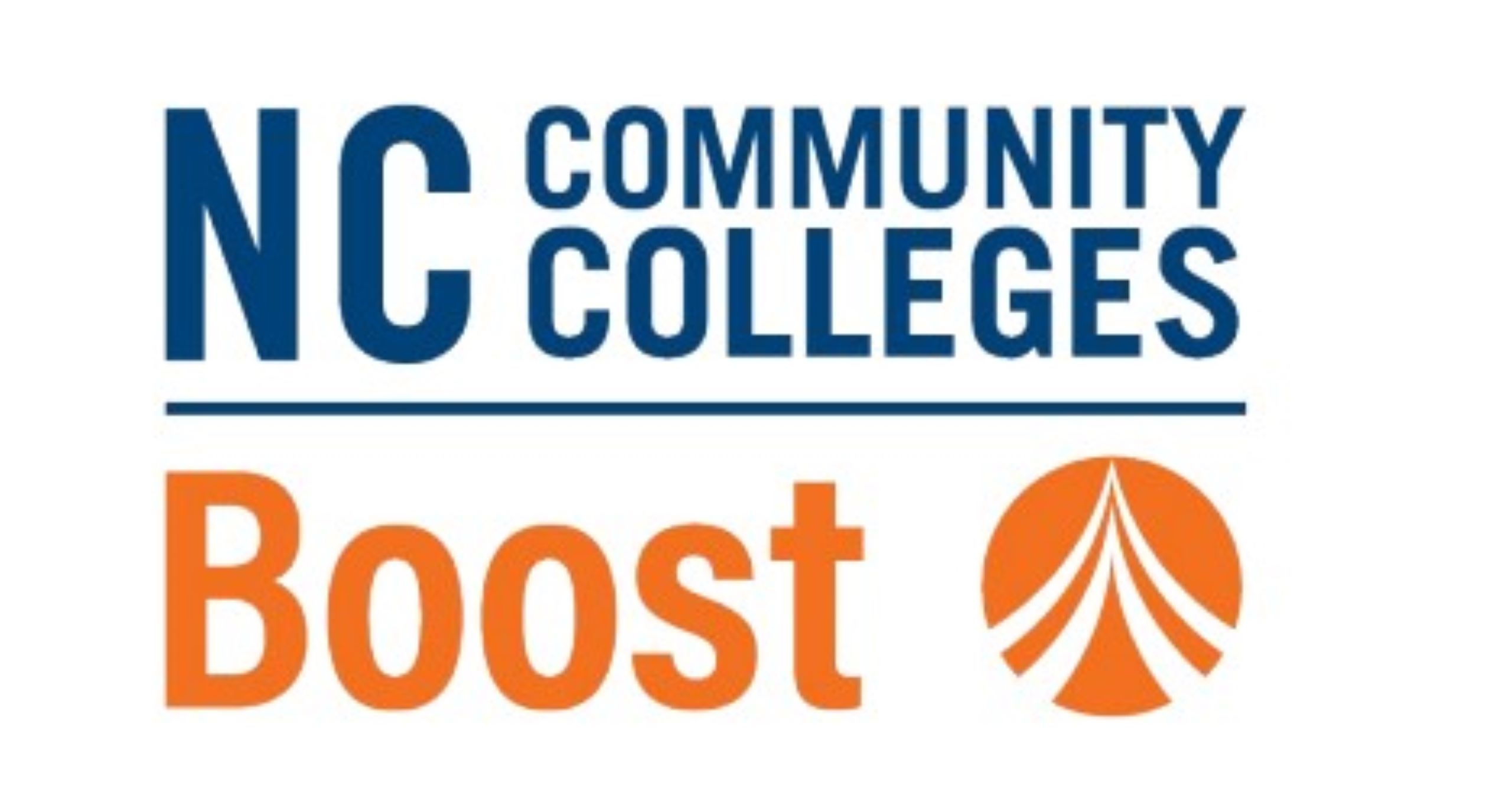How Can Virtual Reality Better Help Students Understand Size and Scale in Science? ‘It’s a More Interactive, Embodied Way of Experiencing Objects,’ Says Associate Professor Cesar Delgado
As students begin to learn about concepts related to size and scale in science, there will always be objects that are too small for the eye to see or too large or far away to experience up close. In these instances, NC State College of Education Associate Professor of Science Education Cesar Delgado says that virtual reality can close the gap in understanding.
“Scale, proportion and quantity” is a cross-cutting concept that allows students to structure their knowledge across topics, disciplines and grades because they are present in all science topics. However, many children struggle to understand these ideas because they have difficulty conceptualizing the idea of objects that are too small to see.
Using technology like virtual reality, Delgado said, can help students have a naturalistic and embodied interaction with microscopic objects in a way that was not previously possible.
“It allows them to actually interact with them in a more dynamic way, and it’s three-dimensional, unlike a projection on a computer or what you can see in a microscope. So, it’s a more interactive, embodied way of experiencing these objects,” said Delgado, whose research focuses on students’ learning and understanding of size and scale.
Developing a Virtual World for Science Classrooms
To help educators harness virtual technology to promote students’ understanding of size and scale, Delgado is currently developing the “Scale Worlds” environment with Karen Chen, an assistant professor in the Department of Industrial and Systems Engineering in the NC State College of Engineering, and Matthew Peterson, associate professor in the NC State College of Design, as part of a National Science Foundation grant
Within the virtual world, students can experience, for example, an object as small as an atom or as large as the sun. As students explore each virtual environment, they can adjust the decimal point or exponent in the program’s navigation panel to trigger animation changes that make them appear to grow 10x larger or shrink to be 10x smaller within the virtual environment.
The result is that students can see things as small as molecules, insects and animals or as large as bridges and planets from previously impossible perspectives.
“This space plus goggles creates a vivid 3D image in the user’s mind, and they can walk around and the point of view changes based on where they are. They can experience these objects in vivid detail,” Delgado said.
When the project was recently tested with 50 elementary and middle school students, Delgado said their first impressions were overwhelmingly positive, with some even going so far as to attempt to cover their faces or stomp on the floor when they encountered objects like bugs to-scale or dramatically enlarged in the virtual environment.
Helping Students Understand Scale Without Access to VR
Delgado’s virtual reality project is an innovative addition to the teaching of size and scale in science classes, but while “Scale Worlds” remains in its testing phase, there are several other options available to educators who want to help their students develop a better understanding of these often confusing concepts.
One tool he recommends is UNIVERSCALE, which is created by Nikon and uses a web-based simulation to explore realms beyond the range of the naked eye to understand relative size. Although this program is not as interactive as virtual reality and does not allow students to see things in 3D, the program can help students experience the size and scale of a wide range of objects and is accessible through any desktop computer.
Another method Delgado recommends for engaging students in lessons about size and scale is project-based learning.
“The idea behind project-based learning is that students develop a need to know, a need to understand the science or mathematical content in pursuit of solving problems or creating products that are relevant to their real-world life,” he said. “Everything is framed around a driving question, like, ‘How can nanotechnology keep me from getting sick?’ and those motivating questions are directly relevant to students’ everyday lives.”
Project-based learning related to size and scale, Delgado said, can involve activities like asking students to swab various surfaces to incubate bacteria and examine it under a microscope.
Additionally, students can place a strand of their own hair — one of the smallest objects visible to the human eye — under a microscope and then swab their own cheek cells to examine on a slide. This allows students to gain a solid understanding of the fact that there are objects smaller than those they can see with their naked eye.
“Many students come in naively thinking that the smallest thing that exists is the smallest thing you can see. For them, it’s ‘out of sight, out of mind,’ so this can be an eye-opening experience for them,” Delgado said.
Using activities like these with students has proved successful in Delgado’s research.
During his dissertation work, he developed a 12.5 hour curriculum for size and scale that was implemented in a week-long summer camp for middle school students from a low-socioeconomic and highly diverse school district.
After engaging in project-based learning related to size and scale, these students ended up achieving higher test scores than their high school classmates and closing the gap with students from a private middle school.
- Categories:



